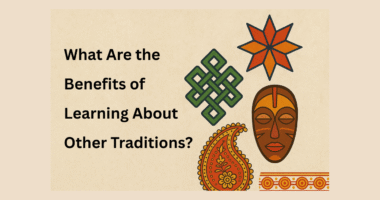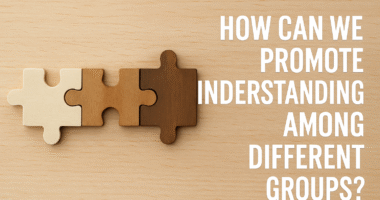Building an inclusive community is essential for creating a welcoming environment where everyone feels respected and valued. Inclusivity means recognizing differences, celebrating diversity, and ensuring equal opportunities for all. By taking intentional steps, communities can become stronger, more united, and more supportive.
Encouraging Open Dialogue
Creating Safe Spaces for Conversation
Inclusivity begins with listening. Communities should provide safe platforms—such as town halls, forums, or workshops—where people can express their perspectives and share experiences. This helps build trust and reduces misunderstandings.
Promoting Empathy and Respect
Encouraging individuals to listen with empathy fosters deeper connections. When people understand each other’s struggles and achievements, they begin to value differences rather than fear them.
Supporting Education and Awareness
Teaching About Diversity
Educational programs that highlight various backgrounds, traditions, and experiences promote inclusivity from an early age. Schools, libraries, and community centers can organize events and resources to broaden awareness.
Challenging Bias and Stereotypes
Communities can also host training sessions and campaigns to challenge unconscious bias. By addressing stereotypes directly, members learn to embrace fairness and equity.
Building Inclusive Practices
Accessibility for All
Inclusivity requires removing barriers. Ensuring that public spaces, events, and services are accessible to people with disabilities is an important step. This includes physical access, as well as providing materials in multiple languages or formats.
Celebrating Different Traditions
Communities should recognize and celebrate various cultural and religious holidays. Doing so shows respect for diversity and helps everyone feel included.
Encouraging Participation
Involving Diverse Voices in Leadership
Representation matters. By inviting people from different backgrounds to participate in leadership roles, communities ensure that decisions reflect a wide range of perspectives.
Supporting Volunteer Opportunities
Encouraging community members to work together on service projects builds collaboration and strengthens unity. Shared goals bring people closer and reduce divisions.
Leveraging Media and Technology
Sharing Positive Stories
Local media, newsletters, and social platforms can highlight inspiring stories of inclusivity within the community. Celebrating success stories motivates others to follow.
Using Technology for Connection
Digital tools, such as online forums or apps, can connect individuals who might not otherwise interact. These platforms help spread awareness and foster understanding.
Conclusion
Fostering inclusivity in your community requires consistent effort, empathy, and collaboration. By encouraging open dialogue, supporting education, removing barriers, and ensuring representation, communities can thrive as inclusive spaces where everyone belongs. Inclusivity is not just about diversity—it is about creating unity, respect, and shared opportunities for all.









